More and more emphasis is being placed on the overall level of electronic security. Of course, Apple products are no exception. Although they are not, in popular terms, "bulletproof", in the end they are proud of relatively solid security and encryption, the aim of which is to protect the user himself. But let's leave the goodies in the form of end-to-end encryption, Secure Enclave and others aside and focus on something a little different. In this article, we will shed light on authentication and its future.
It could be interest you
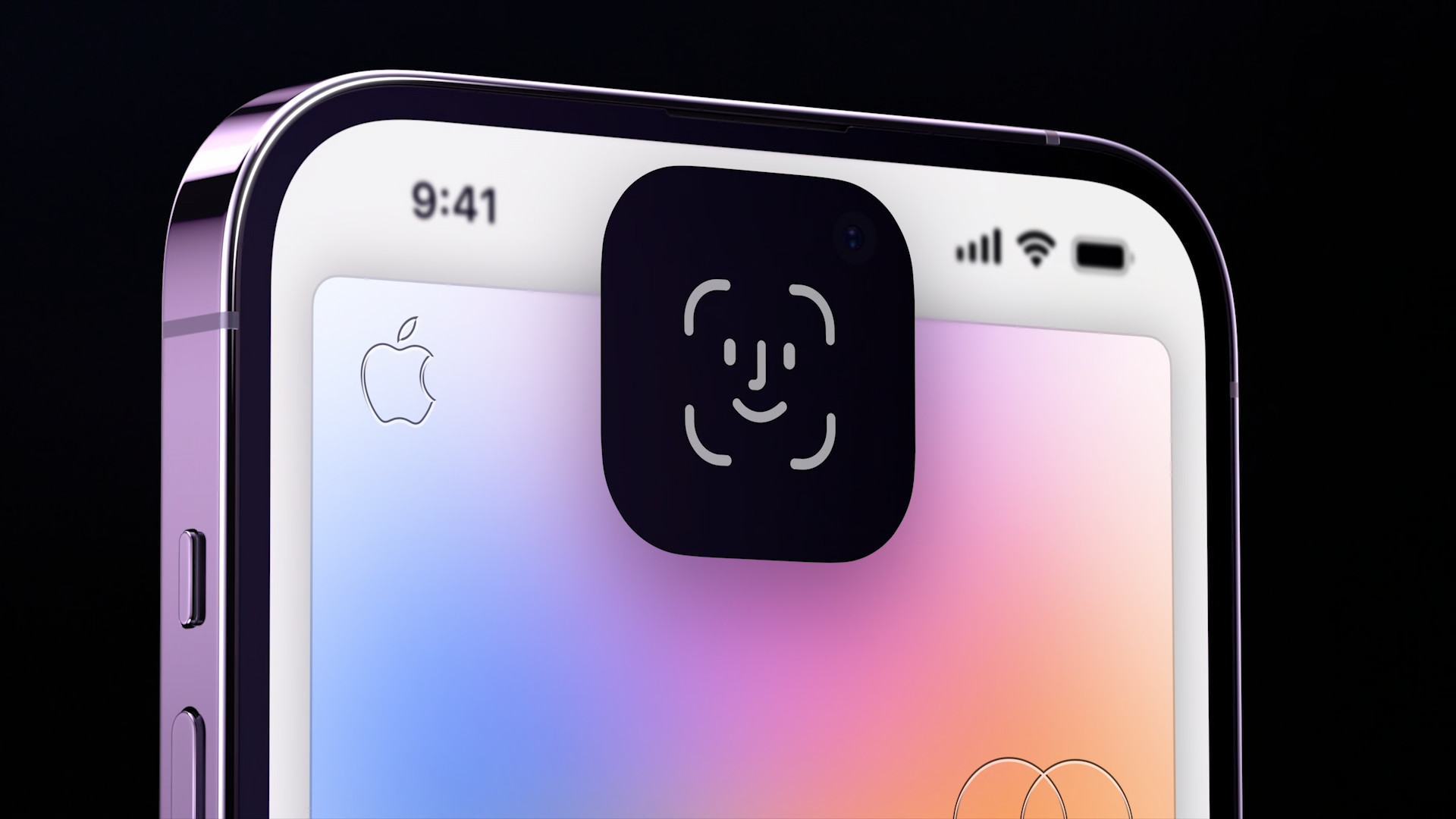
Current authentication systems
Apple uses several authentication methods for its products. Leaving aside classic passwords or security keys, the so-called biometric authentication, which uses "unique" signs of the human body, is undoubtedly gaining the most attention in this sense. In this direction, for example, a Touch ID fingerprint reader or the option of a 3D face scan via Face ID technology is offered. Their functioning is quite comparable and very similar. In both cases, the system verifies whether it is really a fingerprint or a face of the owner of the given device, based on which it evaluates the situation and proceeds further.
In practice, this makes it a much more comfortable way to verify the user and let him continue. Constantly typing the password is not entirely pleasant, and it also wastes time. On the contrary, if, for example, we just tap the phone with our finger, or look at it, and it is immediately unlocked or the owner authenticated in general, this is a significantly more convenient option. However, this brings with it another question. Where might authentication go in the future? What options are actually offered and do we need them?
It could be interest you
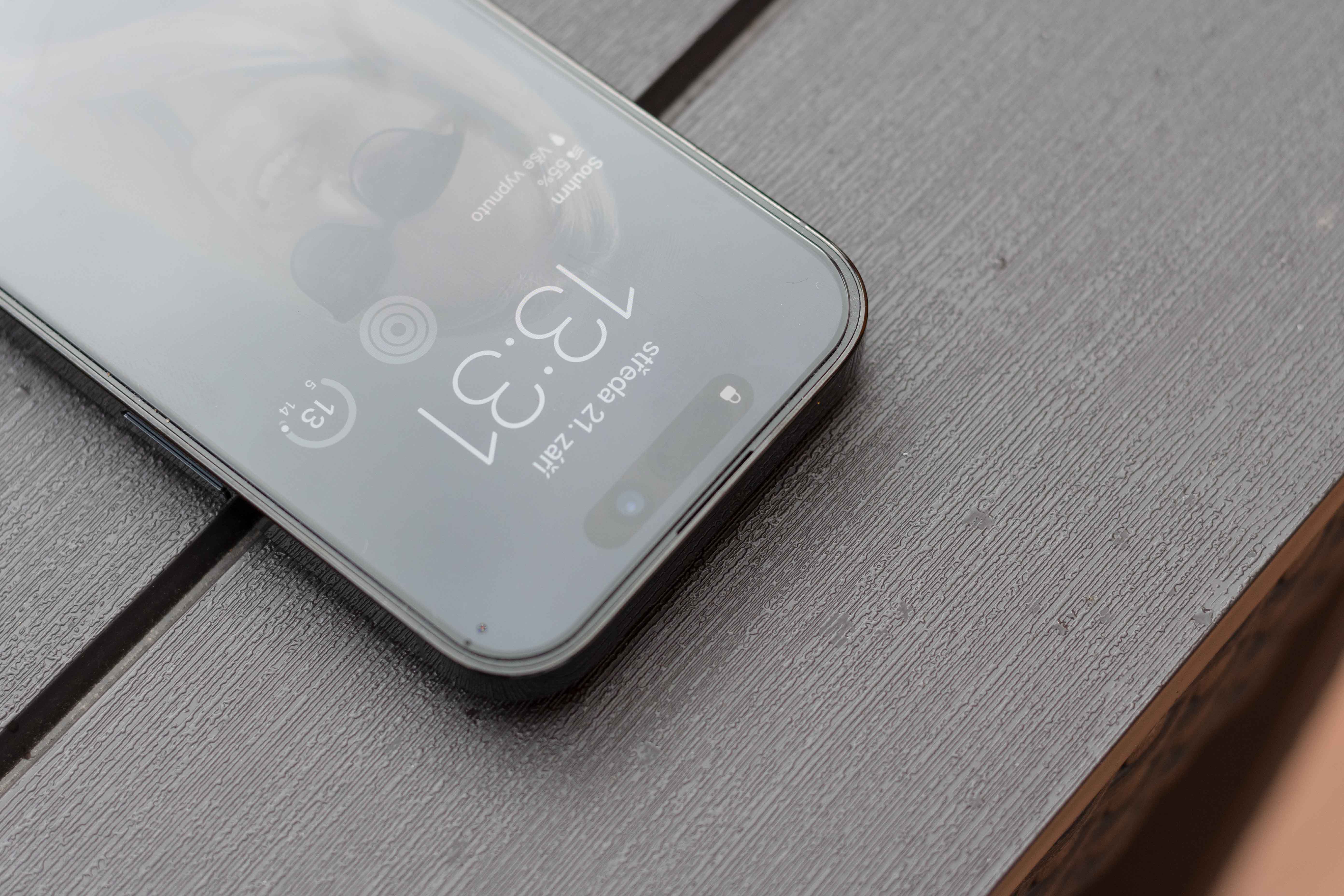
Iris scan
As we already mentioned in the very introduction, let's therefore briefly summarize what the future could actually bring. Currently, electronics can use fingerprints or a scan of the face itself, which in the case of Apple devices is represented by Touch ID and Face ID technologies. In the same way, it would be possible to use many other options that are already a reality today and you can meet them within the framework of various security systems. In this direction, for example, a scan of the eye or its iris is specifically offered, which is as unique as, for example, a fingerprint. In practice, the iris scan works similarly to a full face scan.

Voice recognition
Likewise, voice recognition could be used for authentication. Although this method was previously criticized for the possibility of falsification using various voice modulators, a significant shift in the field of artificial intelligence has long been able to cope with this. But the truth is that talking to the device, for example to unlock it, is not exactly the ideal path we want to take.

Handwriting and vessel recognition
Similar to the case of voice recognition, there is also the option of authenticating the user through their handwriting. Although something like this is possible, it is again not exactly a twice as comfortable method, which is why it is better not to use it. At the same time, there is also a higher risk of counterfeiting or misuse. Some sources also include recognition through the circulatory system, or rather through blood vessels, which can be scanned with the help of infrared radiation, in this category.
Risks and threats
Of course, the ultimate security would be a combination of several of these methods. However, biometric authentication faces a number of challenges. People try to bypass and abuse these systems every day, which is why work is constantly being done on overall improvement. Certain risks thus bring the possibility of physical falsification, deepfake or the growing capabilities of artificial intelligence, which paradoxically can be very helpful or, on the contrary, critical.

However, the currently captured systems appear to be quite satisfactory. In this regard, we are particularly referring to Touch ID and Face ID, which bring the right balance between comfort and the overall level of security. However, some people are calling for an overall improvement and would like to see a combination of Face ID with iris scanning, which would take the mentioned level several steps forward. It is therefore a question of what the future will bring. There are only a few options and it depends only on the products and the implementation itself.
It could be interest you
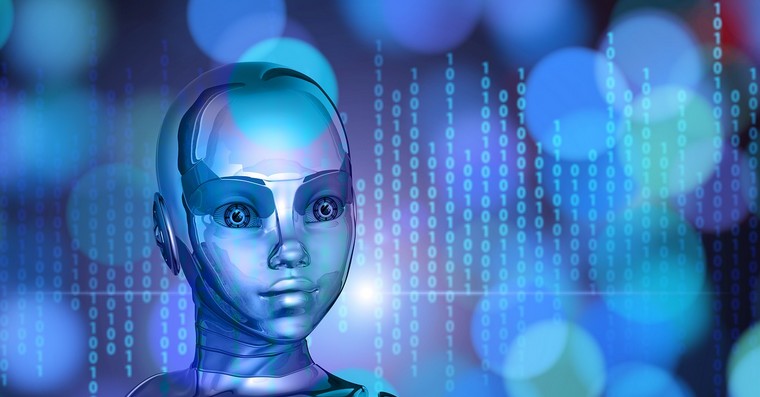
 Adam Kos
Adam Kos 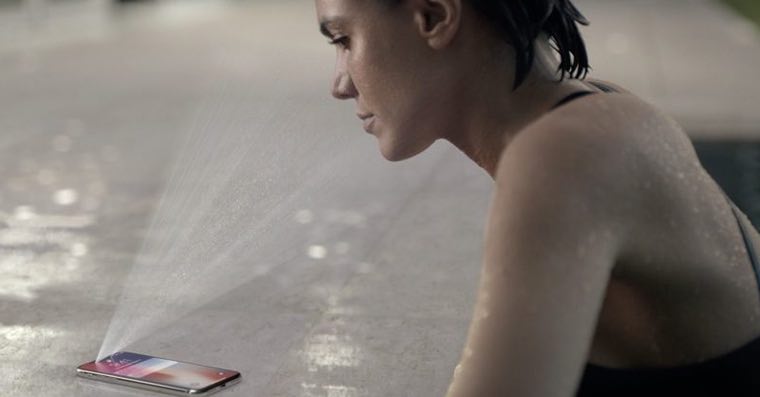

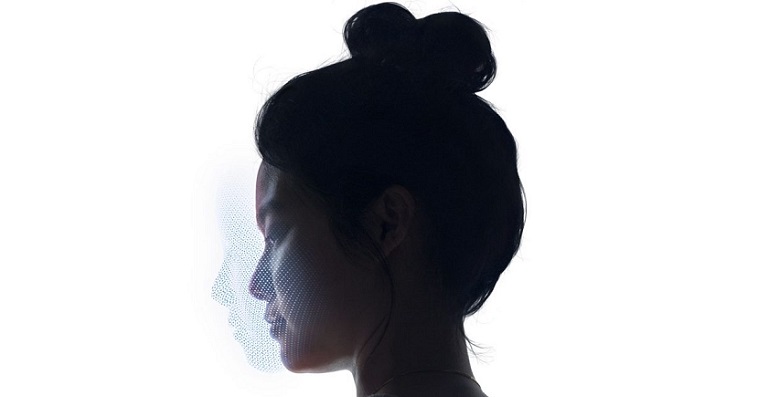
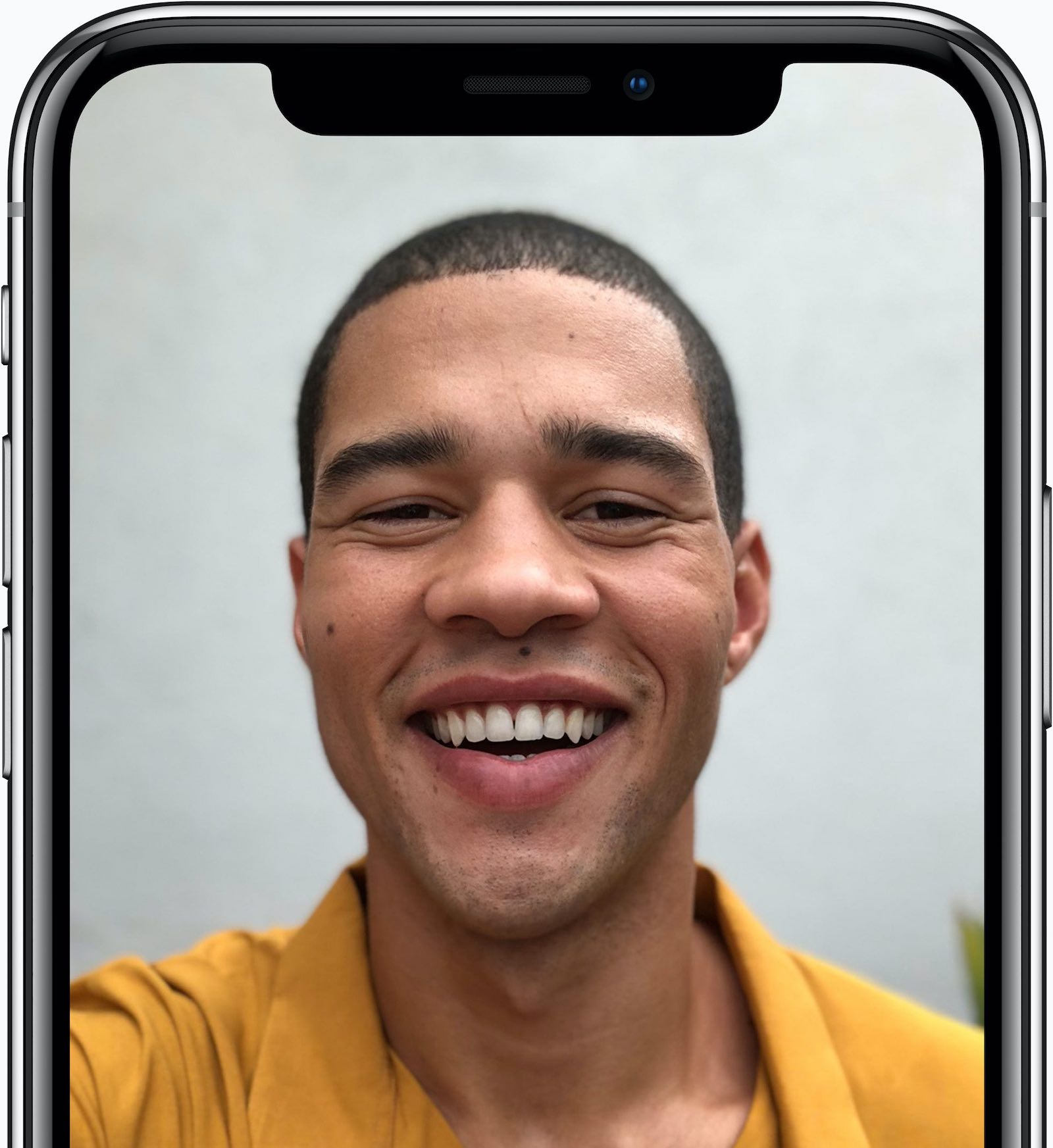

 Flying around the world with Apple
Flying around the world with Apple
I would leave Face ID, we tried it and no one really unlocked it except me.
DNA test.